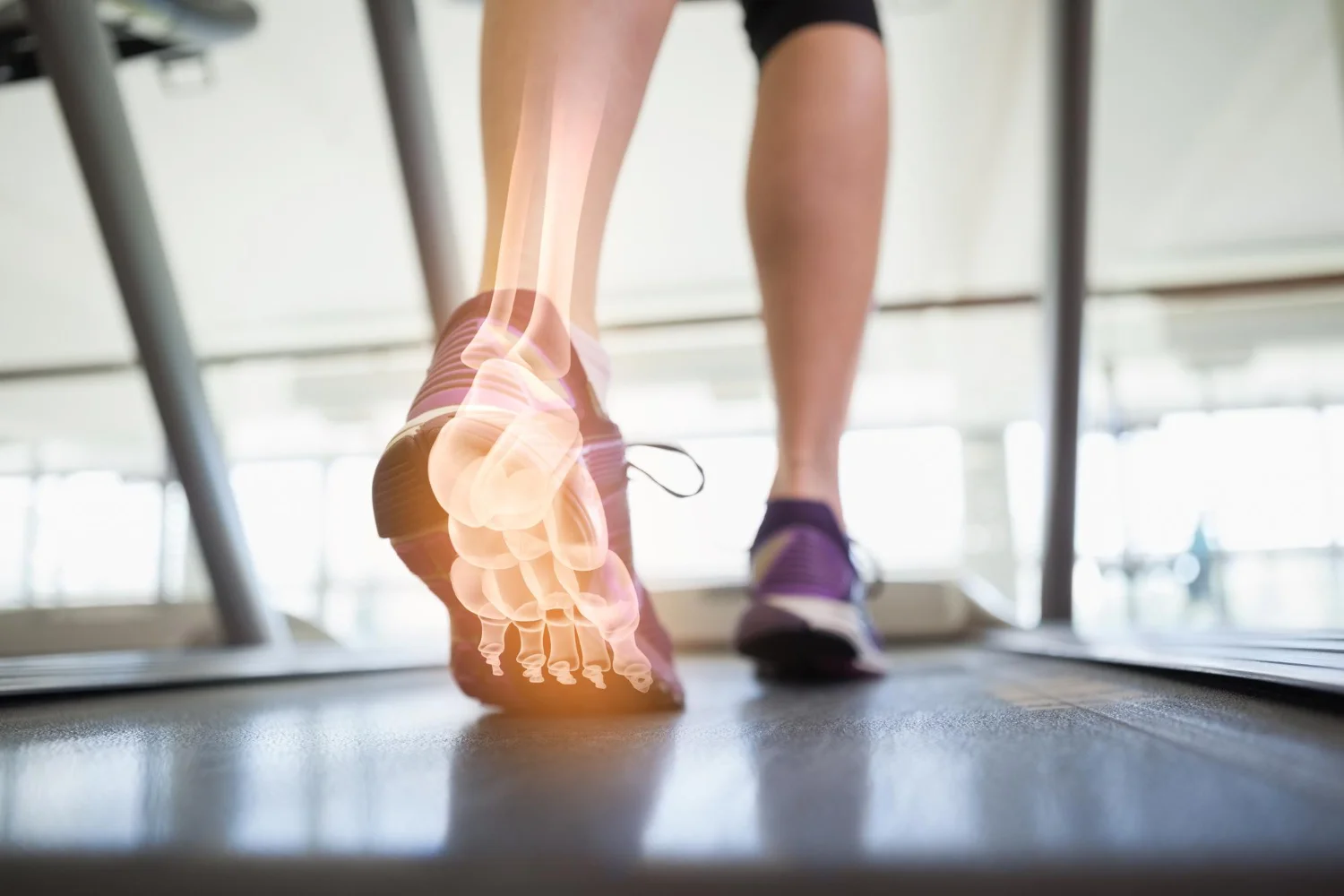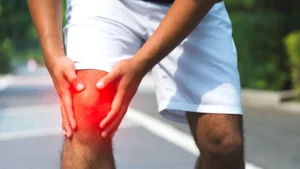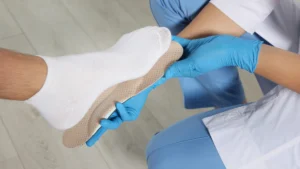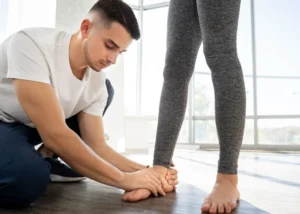Most people are unaware of the detailed process involved in a custom orthotics fitting. During your appointment, a specialist will evaluate your foot structure and gait to determine your specific needs. Using advanced technology and materials, they will create orthotics tailored to provide optimal support and comfort. The fitting not only addresses existing issues but also helps prevent future problems, ensuring you can stay active and pain-free.
The Anatomy of Foot Dynamics

Your feet are intricate structures comprised of bones, muscles, tendons, and ligaments that work in concert to support your weight, facilitate movement, and absorb impact. Understanding foot dynamics involves recognizing how each component contributes to overall mobility, stability, and performance. Biomechanical forces act on your feet continuously, influencing everything from balance to gait and determining how effectively you engage in daily activities.
How Feet Work: Biomechanics of Mobility
When you come in for a custom orthotics fitting, it often begins with a detailed gait analysis — a study of how your body moves when you walk or run. This process reveals imbalances, pressure points, and alignment issues that can affect your posture, comfort, and performance.
The biomechanics of your feet rely on a complex network of joints, muscles, and soft tissues working in perfect rhythm. As you move, these structures absorb shock and transfer energy forward, while the arch of your foot acts as a natural spring, distributing force evenly. This system keeps you stable, reduces fatigue, and supports efficient, pain-free movement.
By combining gait analysis with the insights of a custom orthotics fitting, specialists can design orthotics that match the exact way your feet function — ensuring every step feels balanced, supported, and effortless.
The Role of Pressure Distribution in Foot Health
Effective pressure distribution across your foot ensures proper alignment and function. Imbalanced pressure can lead to discomfort or injury, affecting your overall mobility and quality of life. Custom orthotics play a pivotal role by redistributing pressure evenly, catering to specific foot shapes and gait patterns.
This adjustment helps prevent foot conditions like plantar fasciitis, bunions, or metatarsalgia. Conversely, inadequate pressure distribution can create hotspots that lead to pain and inflammation. For example, high-pressure areas may form under the ball or heel of your foot, leading to calluses or sores over time. Custom orthotics help mitigate these issues by realigning your foot and evenly spreading weight across the plantar surface, which not only alleviates existing pain but also aids in preventing future foot-related problems. By strategically redistributing pressure, you can maintain healthier feet and improve overall mobility, allowing you to stay active and comfortable in your daily life.
Unpacking the Fitting Process
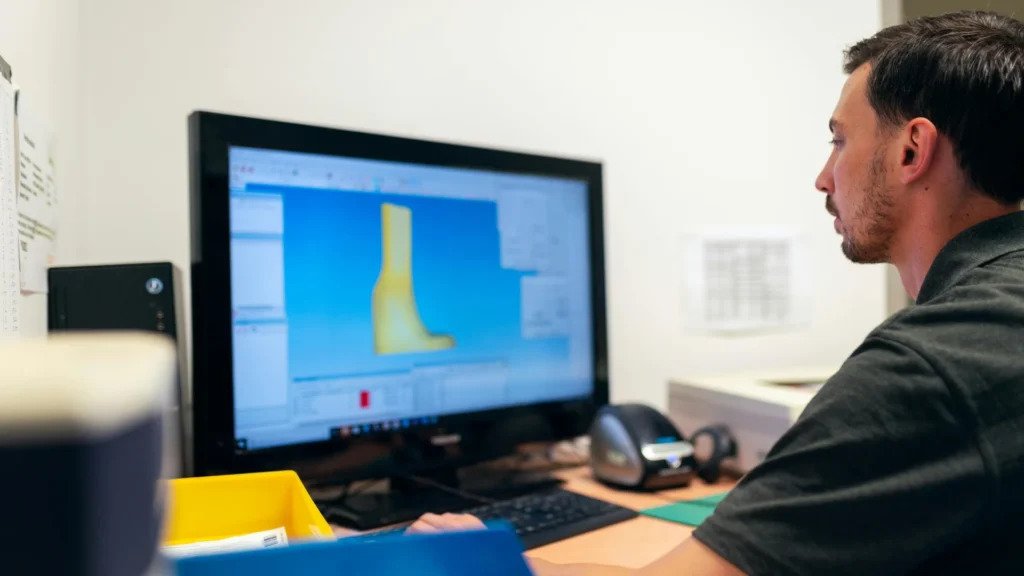
The fitting process for custom orthotics involves several meticulous steps designed to create a supportive device tailored specifically to your needs. This comprehensive approach ensures that every aspect of your foot’s structure and function is considered, allowing for optimal comfort and effectiveness in alleviating pain and enhancing mobility.
Initial Assessment: Gathering Medical History and Current Foot Issues
Your journey begins with a thorough assessment, where you discuss your medical history and any current foot issues you face. This includes detailing previous injuries, surgeries, or conditions such as plantar fasciitis or diabetes, which can significantly impact your foot health. The more information you provide, the better the orthotics can be customized to address your specific challenges.
Measuring for Precision: Techniques and Tools
Careful measurements are imperative in creating custom orthotics that fit seamlessly. Using advanced tools such as 3D imaging technology or traditional foam box impressions, practitioners gather precise data about your foot’s dimensions and arch characteristics. This data helps in crafting orthotics that align with your unique foot structure, ensuring optimal support.
During the measurement phase, various techniques may be utilized to capture specific aspects of your foot. For example, 3D scanners map your foot’s contours, providing a digital representation that allows for a highly personalized fit. Alternatively, the foam impression technique captures the full shape of your foot in a supportive medium, making it easier to assess arch height and forefoot width. Measurements of your gait may also be included, enabling a comprehensive analysis of your biomechanics and how they influence your foot health. This level of detail is key to crafting orthotics that not only fit well but also promote your overall well-being.
The Technology Behind Custom Orthotics
Advanced technology plays a vital role in creating custom orthotics that address your unique biomechanics. The integration of digital solutions allows for precision in measurements, ensuring that your orthotics fit seamlessly and provide optimal support. These advancements not only enhance comfort but also improve the overall effectiveness of the device in correcting your gait and alleviating pain.
Innovative Scanning Methods: 3D Imaging Technology
Your fitting experience may involve the use of 3D imaging technology, which captures the exact contours of your feet. This innovative scanning method provides detailed data, allowing specialists to create an orthotic that mirrors your foot’s structure. The accuracy of 3D scans reduces the need for bulky molds, speeding up the fitting process while ensuring a personalized fit.
Material Selection: Crafting Comfort and Support
Choosing the right materials is important in balancing comfort and support for your custom orthotics. Different materials—such as thermoplastics, EVA foam, and carbon fiber—offer varying levels of flexibility, cushioning, and durability, which can be tailored to your specific needs. The selection process usually involves considering your activity level, foot condition, and personal preferences.
In practice, the material choice directly impacts the orthotic’s performance and durability. For instance, lightweight carbon fiber provides excellent arch support while remaining flexible enough for active lifestyles. EVA foam, on the other hand, offers superior cushioning for those requiring additional comfort. Advanced manufacturing techniques allow for layering these materials, providing a multi-faceted approach to fit and support that addresses individual needs. Ultimately, careful consideration ensures your orthotics not only support your foot health but also enhance your overall mobility and comfort throughout daily activities.
Personalization: Tailoring Orthotics to Individual Needs

Your unique anatomy and lifestyle significantly influence the design of custom orthotics. Factors such as foot structure, gait patterns, and specific discomfort areas are assessed to create an orthotic that aligns with your individual biomechanics. This tailored approach ensures optimal support, comfort, and functionality, catering to your personal goals and activities.
The Role of Activity Levels and Lifestyle in Design
Your daily activities and lifestyle choices play a vital role in shaping the orthotic design. Whether you’re an athlete, a weekend warrior, or someone with a sedentary job, these factors dictate the level of support you require, ensuring your orthotics enhance performance and comfort across various activities.
When to Adjust: Recognizing Signs for Reevaluation
Recognizing when adjustments are needed ensures your orthotics remain effective. Signs may include persistent discomfort, increased pain in specific areas, or changes in your walking patterns. Addressing these concerns promptly during follow-ups can prevent further issues and enhance your overall experience. Familiarizing yourself with the signs indicating a need for reevaluation can significantly impact your comfort and mobility. If you notice discomfort, for instance, it may indicate that your foot has changed shape, or the orthotics are no longer supporting your anatomy effectively. Additionally, changes in your activity level or the onset of new pain in different areas can signal the need for adjustments. Keeping open communication with your practitioner during follow-ups will aid in addressing these issues swiftly, allowing you to achieve the desired outcomes with your custom orthotics.
Custom Orthotics Fitting Final Words
Presently, a custom orthotics fitting involves a thorough assessment of your foot structure and biomechanics. You can expect to undergo a series of measurements and possibly gait analysis to identify specific needs. The process ensures that your orthotics are tailored not just to support your feet, but to enhance your overall comfort and functionality. By understanding these steps, you can appreciate the importance of precision and personalization in achieving optimal foot health.

